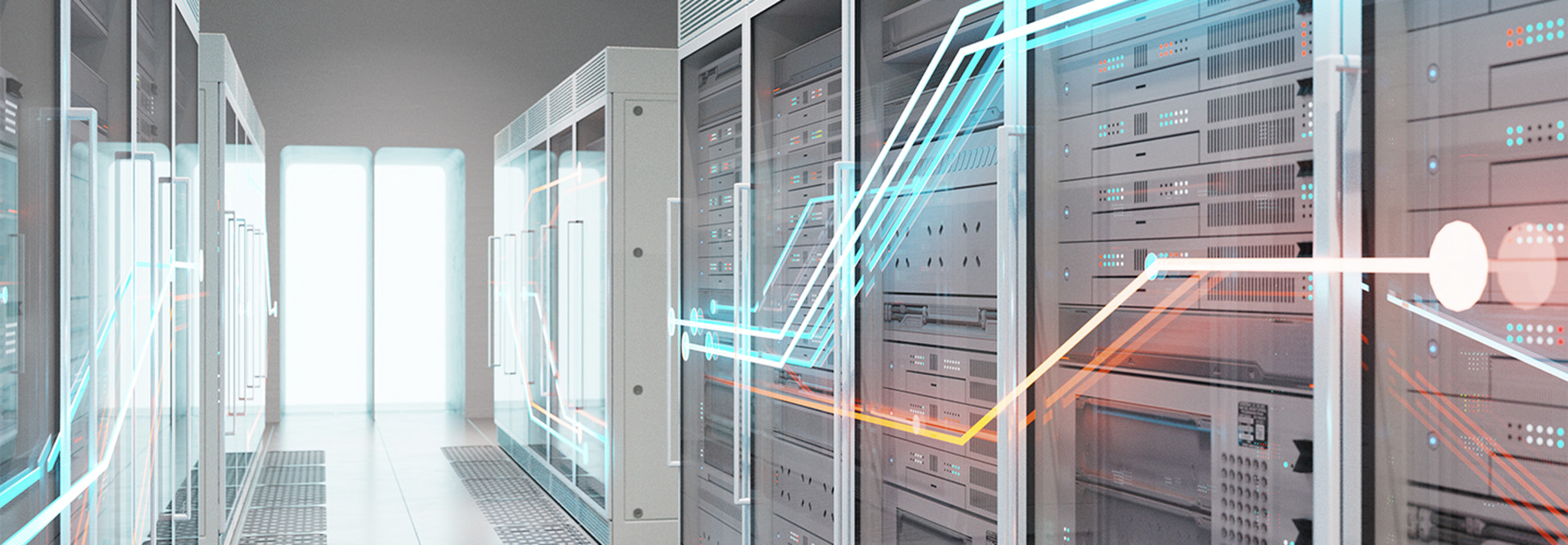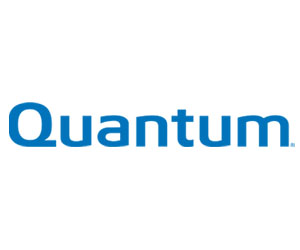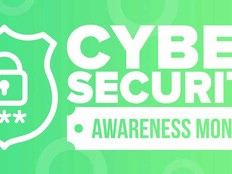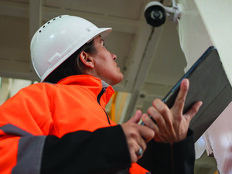Measuring the Difference Between Physical and Digital
As much as the cloud provides the attractive benefit of an online backup, it remains vulnerable to cyberattacks. “With ransomware in particular, anything that’s connected to your network can be attacked,” says Robert Renzoni, technical sales director at Quantum. “And the attackers are becoming more sophisticated, so they can even penetrate the backup applications and get to your online backups.”
LEARN ABOUT: How artificial intelligence can reduce ransomware risks.
Renzoni says taking tape storage into that ecosystem as a protection against digital attacks works because tape doesn’t require a constant network connection.
“You can write to LTO media, and you can take that and lock it in a safe, or you can send it to Iron Mountain,” Renzoni says. “You can do pretty much anything you want with it where no bad guy can get to it, no matter how good they are.”
Agencies Need a Strategy for Protection from Ransomware
Any device connected to a server is vulnerable to an attack. It’s why an air gapped solution is critical. Having a solution that is not only proven, but also continues to innovate can make the difference between an attack that leaves users unable to work and one where they quickly get back on their feet.
Renzoni says having a backup copy on tape media that’s been preserved, protected and can be put back in a machine and brought back online quickly makes tape “a strong insurance policy.”
READ MORE: As agencies back up more data and threats grow, data backups become more vital.
This is where Active Vault comes into play. According to Renzoni, the backup application writes to the tape library and backs up like a traditional backup environment.
“Then we take that tape that’s within the tape library and move it to what we call the Active Vault,” Renzoni says. “So, it’s still contained within the tape library, but it’s in an inactive, ultrasecure offline vault or bin within the library.”











